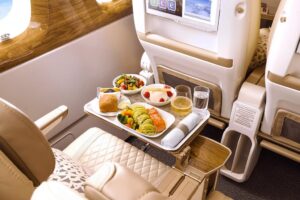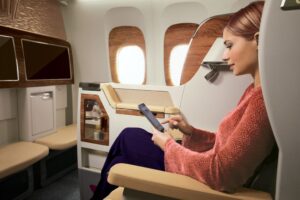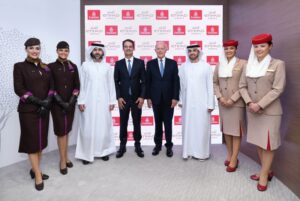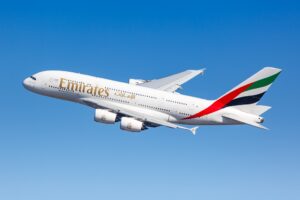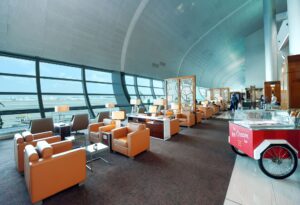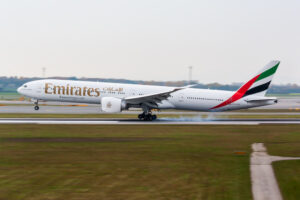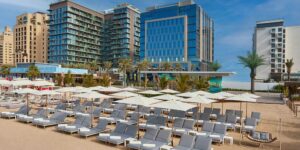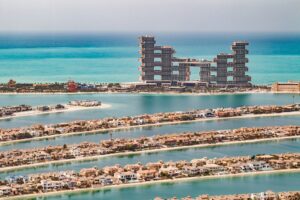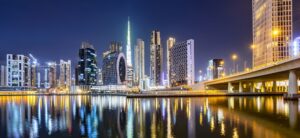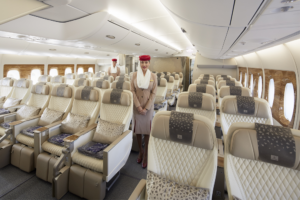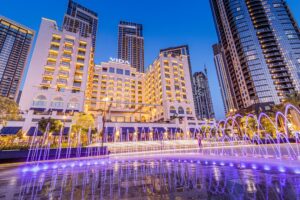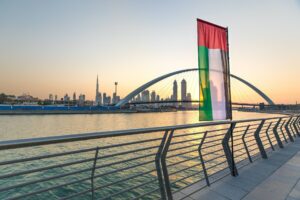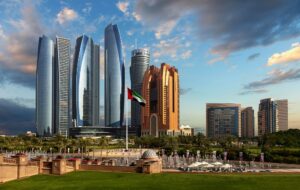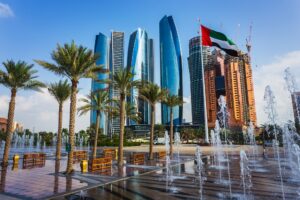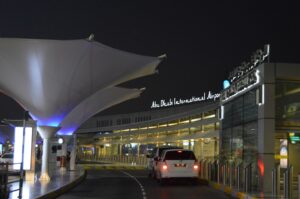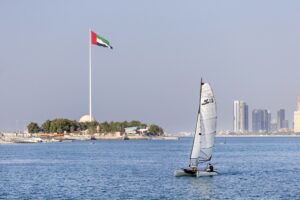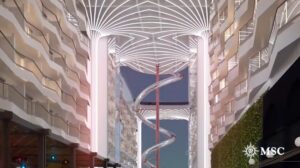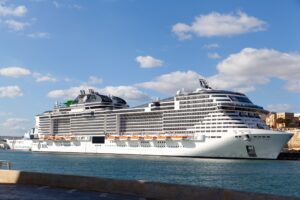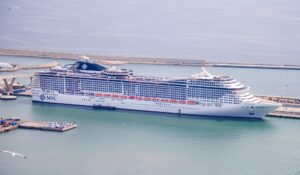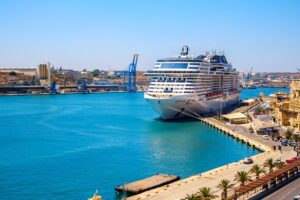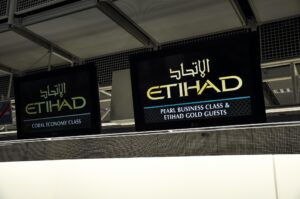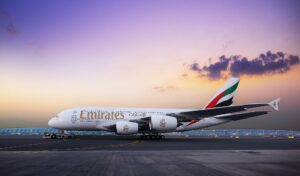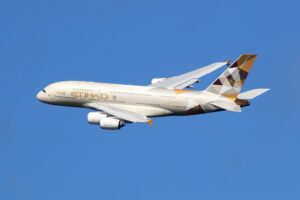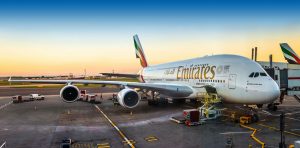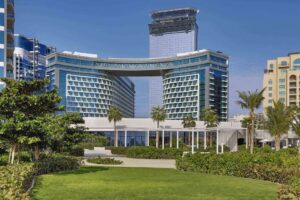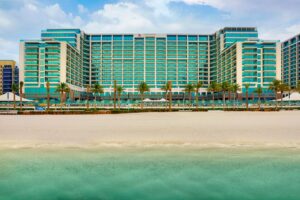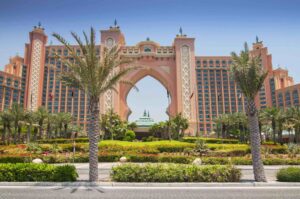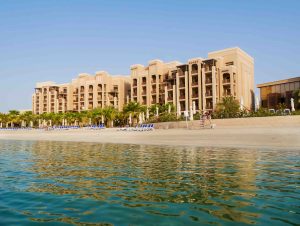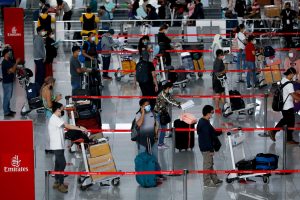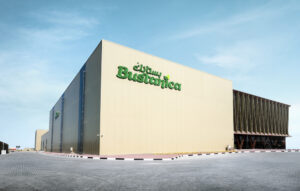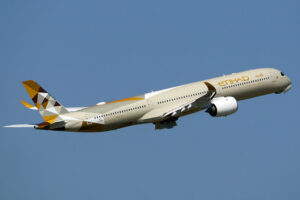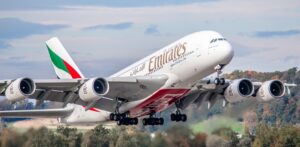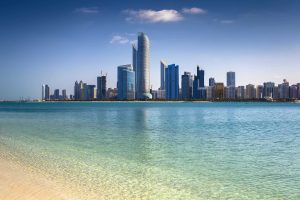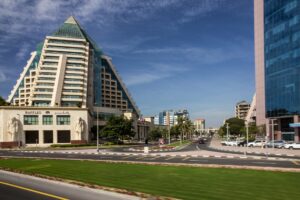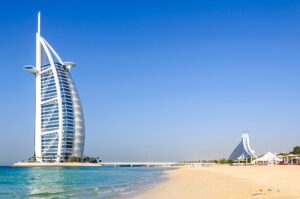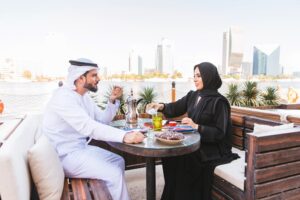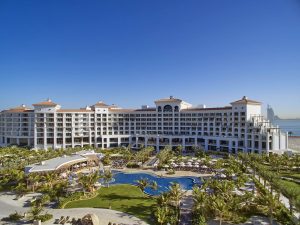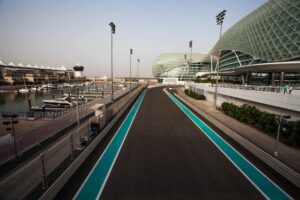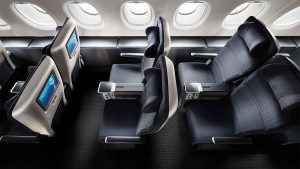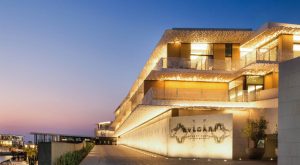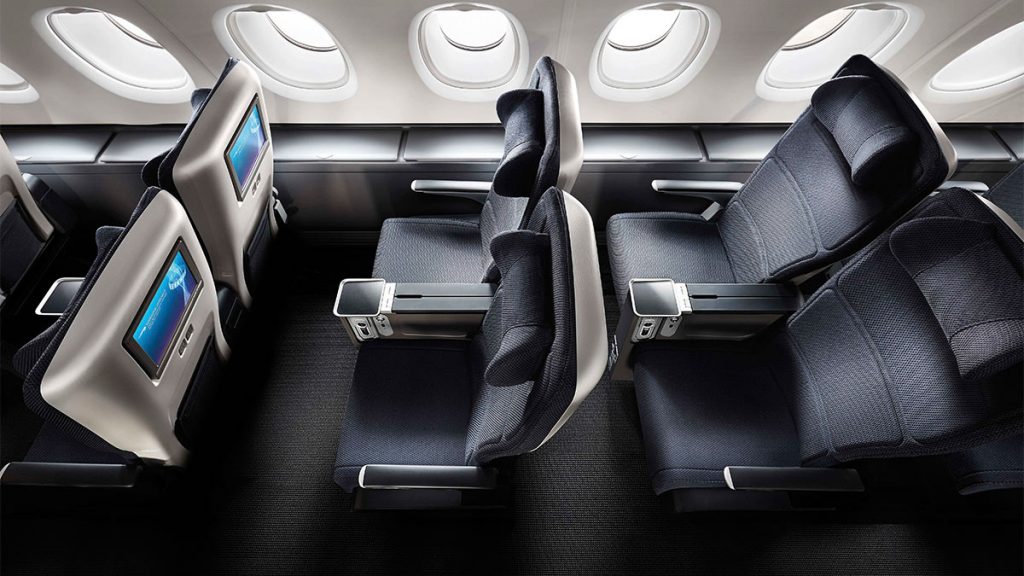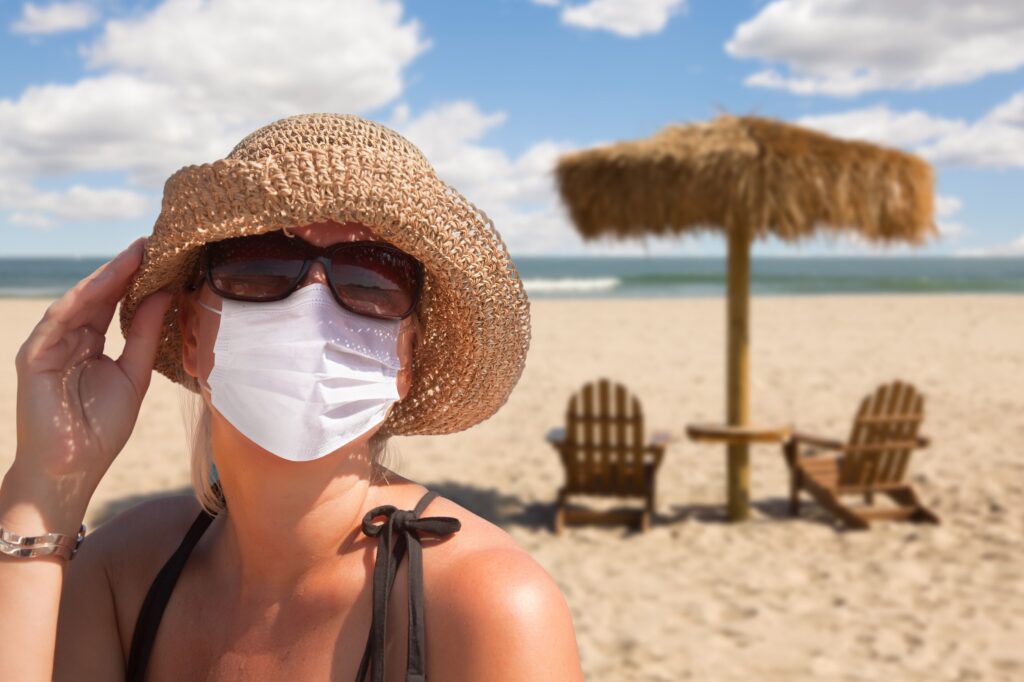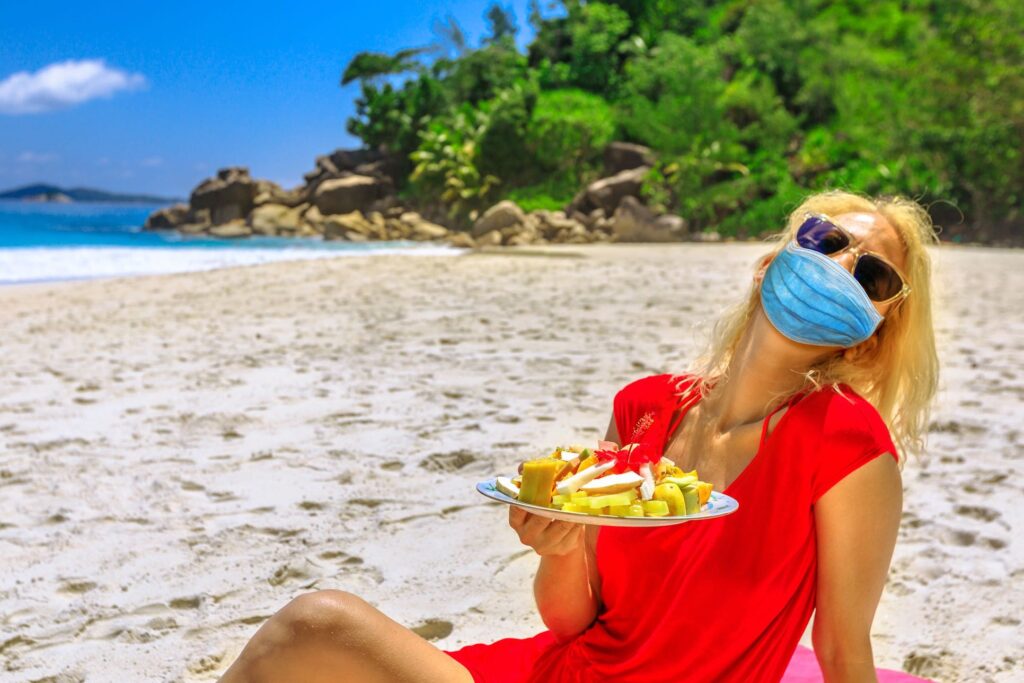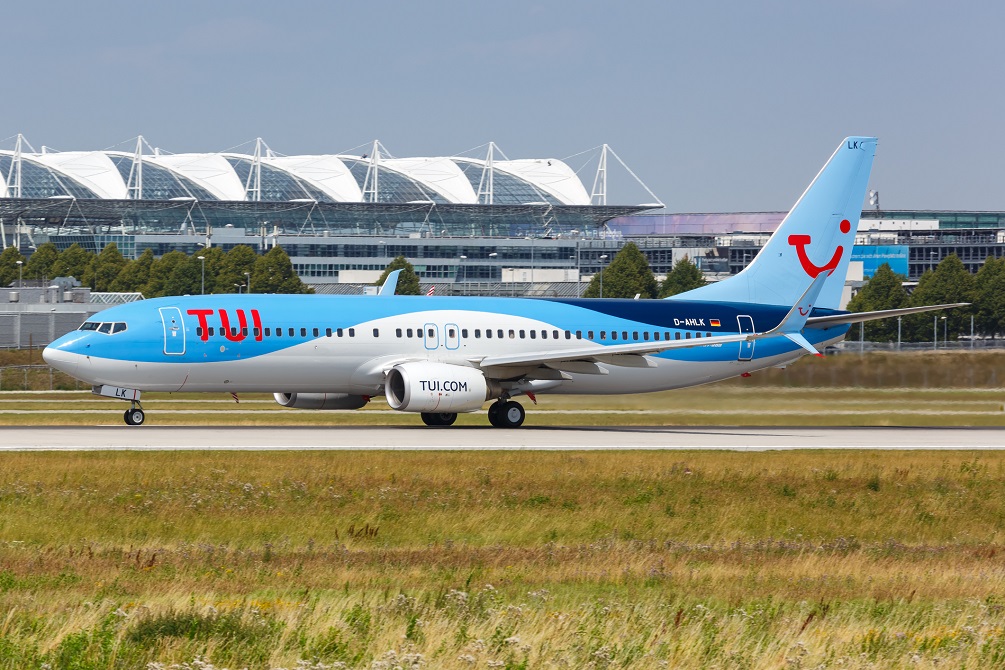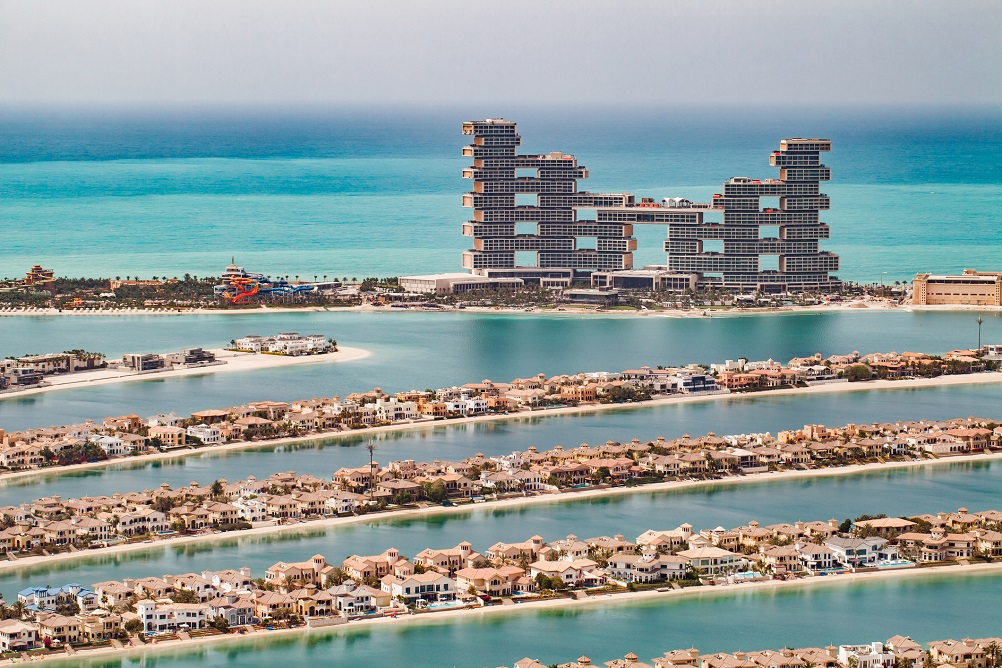United Arab Emirates
Plenty of sunshine, tranquil beach resorts, stunning and vibrant cities, and a blend of modern and ancient traditions make the United Arab Emirates a gem of the Middle East.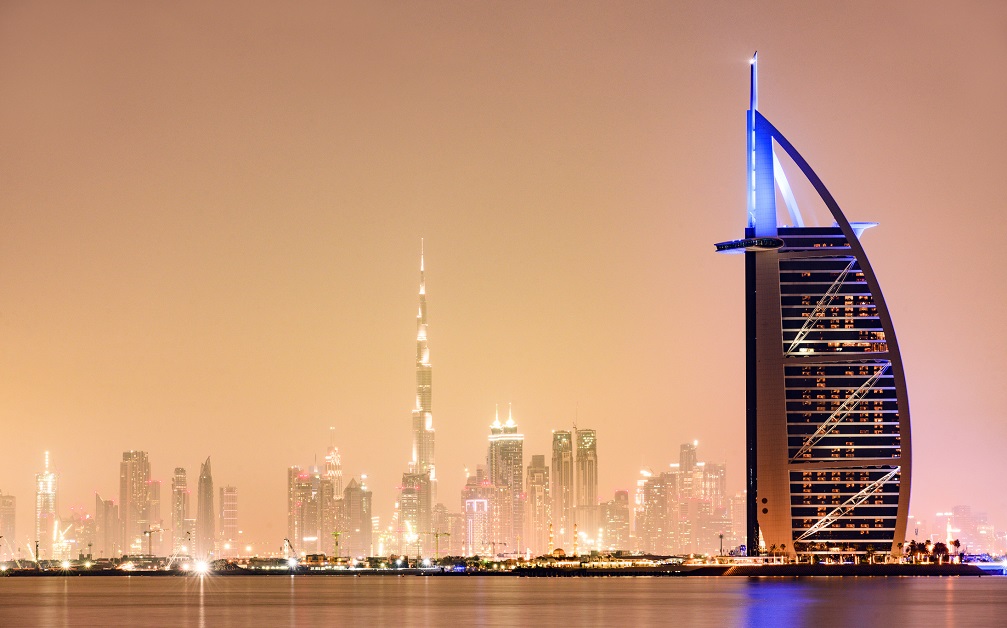
Nestled in the Middle East, between the Persian Gulf and the Gulf of Oman, the United Arab Emirates are made up of seven very different emirates. The federal capital is Abu Dhabi, but it is Dubai that has become its economic center, thanks to tourism and luxury shopping. For travelers who like modernity and anything on a large scale, visiting these two megacities are a must.
Unique combinations of palaces, shops, mosques, souks, and skyscrapers that defy the laws of gravity, these two flagship regions of the country, Abu Dhabi and Dubai, bear witness to an unprecedented development that has taken place in only a matter of years. Ajman, Sharjah, Fujairah, Ras al-Khaimah, and Umm al-Qaiwain: each of the five other emirates offers a wide range of treasures to explore.
Fancy an adventure and some starry skies? Liwa Desert, south of Abu Dhabi, is the perfect place to enjoy some trekking, either on foot or by camel. Fine sand, dunes as far as the eye can see, and an authentic atmosphere provide a balance to the dazzling bustle of the cities. The reefs off the Green Coast are a paradise for divers and anybody interested in marine life. The country is also packed with museums, so there’s plenty to satisfy those interested in culture and history. The cities of Sharjah and Fujairah are more traditional and also a lot less crowded, boasting a rich, well-preserved heritage to delight curious minds.
The United Arab Emirates is a multifaceted destination, where tradition and modernity live side by side in perfect harmony. The desert carries on happily alongside huge cities where development and wealth flourish thanks to the region’s oil. Discover this rich and exciting destination that can be summed up as follows: secular tradition based in a young, forward-thinking country with incredible energy.
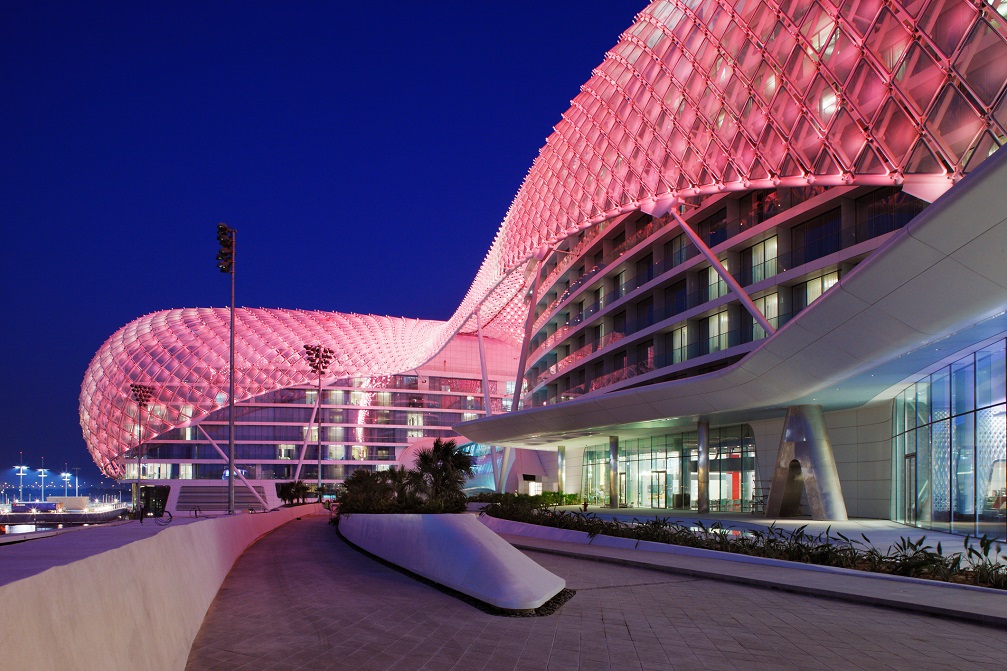


The United Arab Emirates (UAE) is situated in the Middle East. The country lies in the southwest region of the Asian continent and on the eastern end of the Arabian Peninsula.
The Kingdom of Saudi Arabia stands on the west, south, and southwest border of the UAE and the Sultanate of Oman in the southeast and northeast.
Two gulfs form the coastline of the UAE: the Persian Gulf (or Arabian Gulf) in the north and the Gulf of Oman in the east.
The UAE has three main landscape features: the barren, flat coastal plains in the north and east, the shifting sand dunes that extend from the coast and merge in the Empty Quarter (Rub al-Khali), and the rocky mountains of the Musandam Peninsula.
The Persian Gulf’s coast is split by sandbanks and dotted with islands. Dubai and the UAE’s capital city, Abu Dhabi, have coastlines on the Persian Gulf.
The Musandam Peninsula houses the Hajar Mountains in the east, which spread through Oman, and some of the world’s greatest shifting sand dunes east of Aradah, a city at the southern border of the UAE.
Due to the low rainfall in the UAE, pools of surface water are rare.
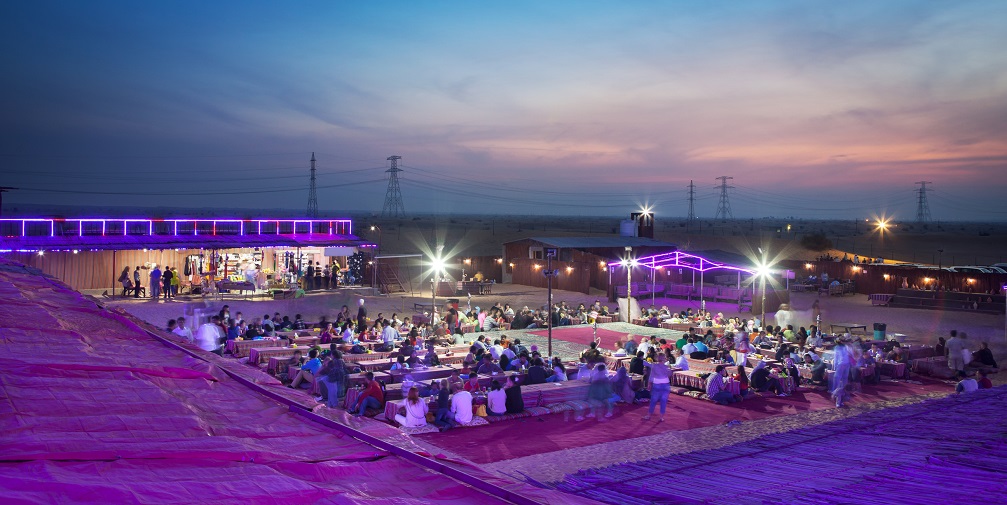


The United Arab Emirates has a tropical and desert climate; the hot and dry weather inland fizzles into less warm and humid coastal conditions. In the mountains in the east, it is generally cooler.
In the summer (May to September), temperatures can get pretty high, nearing 50°C (122°F) in the desert and 33°C (91°F) at the coast. However, in the winter (December to Mid-march), temperatures average 20°C (68°F).
In the early days of summer and sometimes during mid-winter, winds that stir up dust and sand pass through the Emirates from the north and northwest. These dust and sandstorms are known as shamal (norther in Arabic) winds.
The best time to visit the UAE is between October and April. Cooler temperatures dominate in these months, with October, March and April being the ideal times to visit the beach. This is the high season in the country so expect hotels to be fully booked and crowds of tourists.
As high as temperatures are during summer in the UAE, there is still plenty you can do. During this season, indoor activities are popular, so it’s a good time for shopping or deep-sea diving. On the other hand, outdoor activities are kept to a minimum on account of the heat.
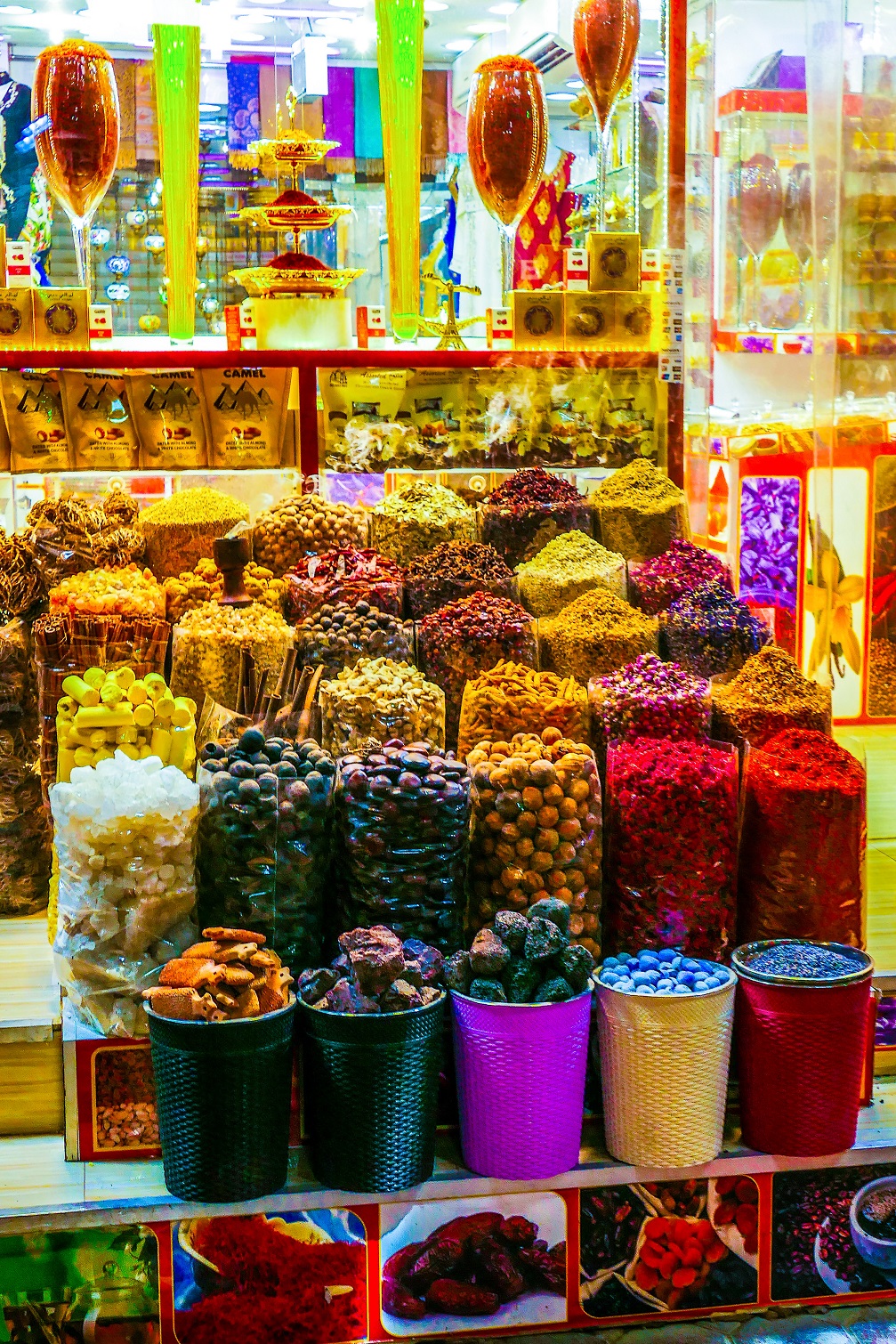


The cultural diversity of the United Arab Emirates is evident in the food enjoyed in the country. You can find anything from traditional Emirati meals to other countries’ cuisines like Saudi Arabia, Asia, Pakistan, Turkey, Syria, and India.
The Emirati diet consists of staples of the Arab world such as falafel, ful (spiced bean paste), shawarma, and hummus. Daily meals are prepared using vegetables and fresh fruit (dates, limes or figs). They are sometimes eaten with traditional Emirati flatbread (ma Khoboz Wagafi).
Meals are aromatic and full of flavour, attributed to spices and ingredients like turmeric, cinnamon, and limes. The preferred meats are lamb and chicken, and seafood features in some dishes in the coastal cities. Pork is not eaten in the UAE due to the Islamic faith (there are some places one can find pork, though, but they are often hidden).
Some traditional Emirati dishes are Saloona Deya ma Khudar (a stew made from meat and spiced vegetables), Luqaimat (deep-fried dough balls drenched in date syrup), and Robyan Mashwi (grilled jumbo shrimp with spicy flavorings served with rice or flatbread).
The Iranian’s influenced the use of rice as a staple for some dishes enjoyed by the Emirati. Besides grains, desserts have also received an Iranian touch, featuring flavorings such as rose water, saffron, and cardamom.
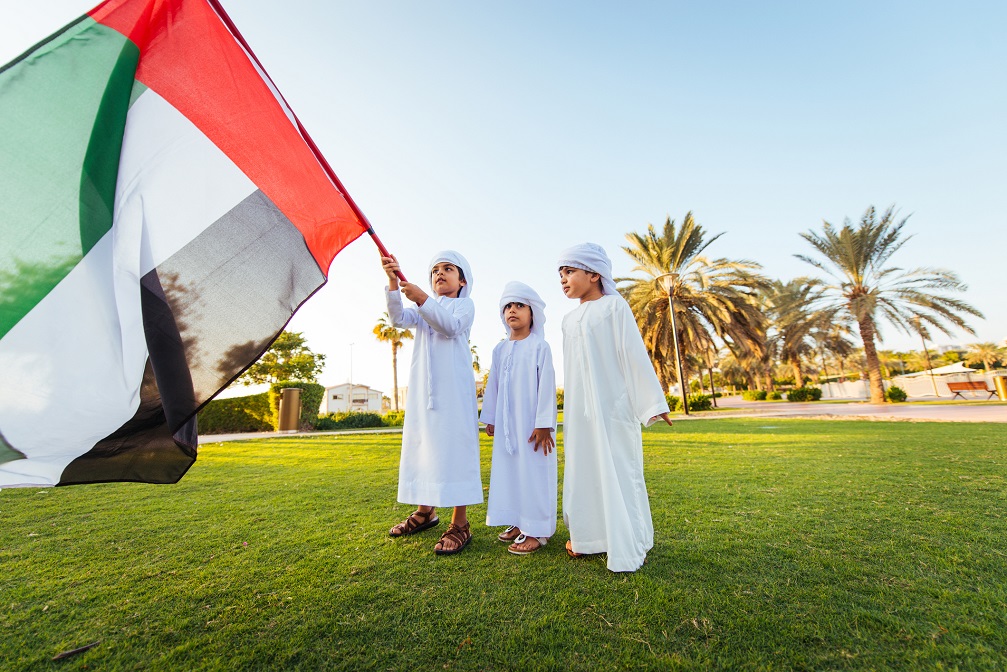


Like many Middle Eastern countries, the United Arab Emirates is a conservative country. This means that modesty is key.
Most of the Emirates are not lawfully strict about modest dress except for Sharjah. The emirate has a public decency statute that forbids certain kinds of beachwear and overly revealing clothes.
Emirati women typically wear a long black robe (ʿabāyah) that only leaves their hands, feet and face exposed. They also wear head coverings like a scarf (a shāl), ḥijāb or burquʿ.
Women visiting the UAE are not legally required to wear a headscarf. You can also go for clothes that aren’t the traditional dress of Emirati women but ensure that they cover your midsection, shoulders, and knees. Anything that is long-sleeved and extends below the knee is acceptable so avoid shorts and tank tops.
Emirati men typically wear traditional clothes consisting of a long robe (a kandūrah, locally known as a dishdashah) that is often white and made of cotton or a thawb. On top of that, men wear a light white or white-and-red checkered scarf (ghuṭrah) over their heads secured by a black cord of camel hair (ʿiqāl).
Men traveling to the UAE should abide by the same modesty rules as women. Tank tops and shorts are not advised. Shirts and pants that reach your wrists and ankles are acceptable.
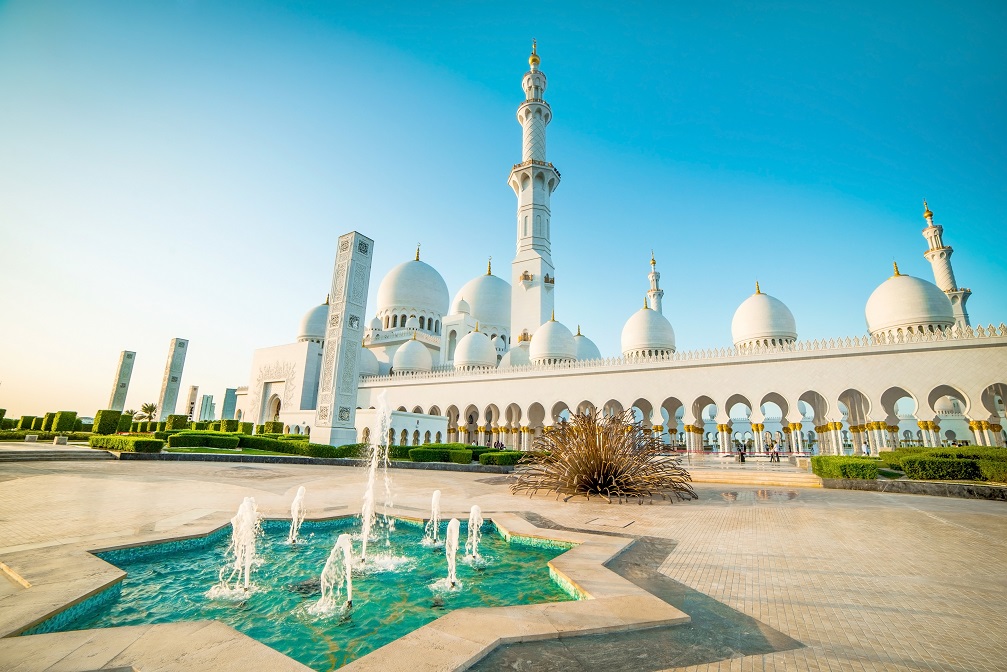


The UAE began as simple pearling villages but has evolved into one of the most multicultural societies in the world. The population is predominantly Islamic and therefore many laws are respected. Emirati women wear a full-body abaya according to Islamic practices. Pork is not common, and in Sharjah, alcohol is prohibited. Nevertheless, in most parts of the UAE, tourists will find a liberal stance on Islamic culture. Alcohol can be purchased at licensed venues (mostly inside hotels), but outside of these, a permit must be obtained in advance. A strict dress code is also observed and wearing anything too revealing in public is frowned upon.
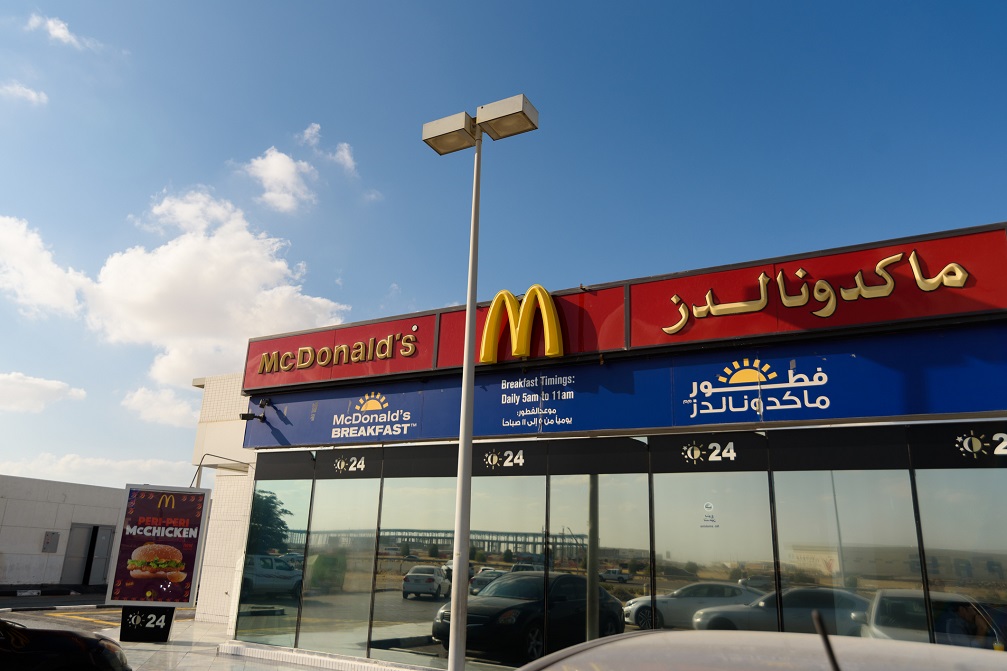


Arabic is the official language of the UAE although you will find that English is spoken by almost everyone. Hindi is also widely spoken by the locals and expatriates workers from the Indian Sub Continent. Arabic is the official language for both written and verbal communication in the UAE. Government offices and affairs are conducted in Arabic, and rules and laws are published in Arabic. Arabic is mainly spoken by the natives of the UAE, called Emiratis. You can get by with just speaking English in the UAE.
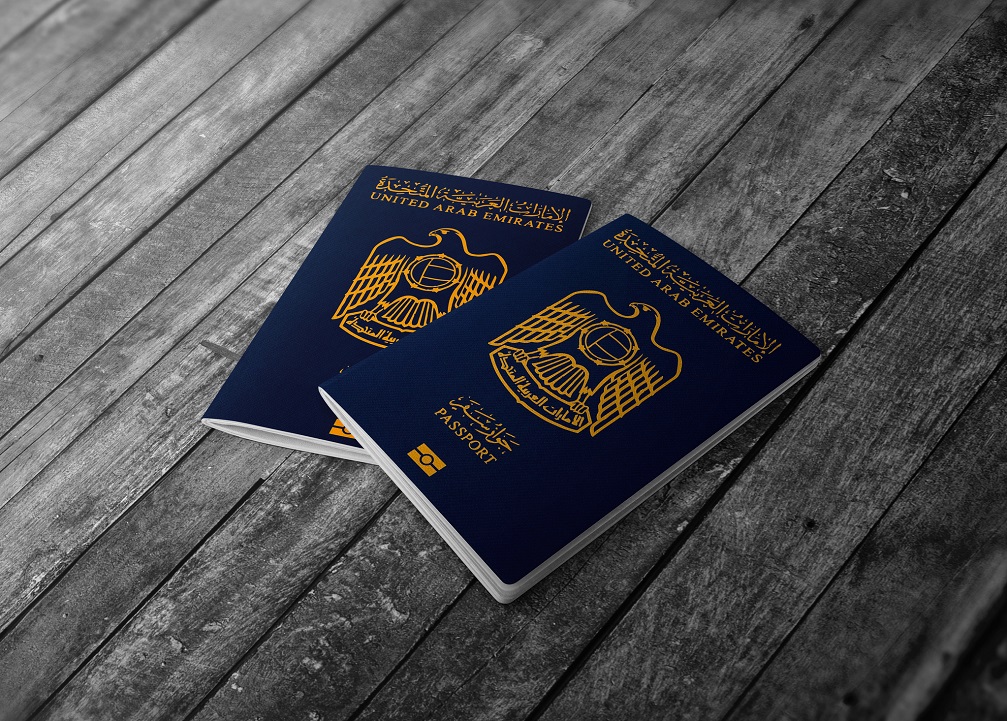


If you’re traveling on a British Citizen passport, you can get a visitor’s visa on arrival in the UAE. This visa allows visitors to stay in the UAE for up to 30 days. The visa terminates automatically on departure and a new visa is issued on arrival each time the visitor returns to the UAE. For a fee, visitors can extend their visa twice without leaving the country. Each extension is for an additional 30 days. Your passport should be valid for a minimum period of 6 months from the date of entry into the UAE. If you hold a residence permit, your passport must be valid for at least 3 months in order to travel into the country.If you’re transiting the UAE (and not passing through Immigration) your passport only needs to have a minimum of 3 months validity from the date of transit.
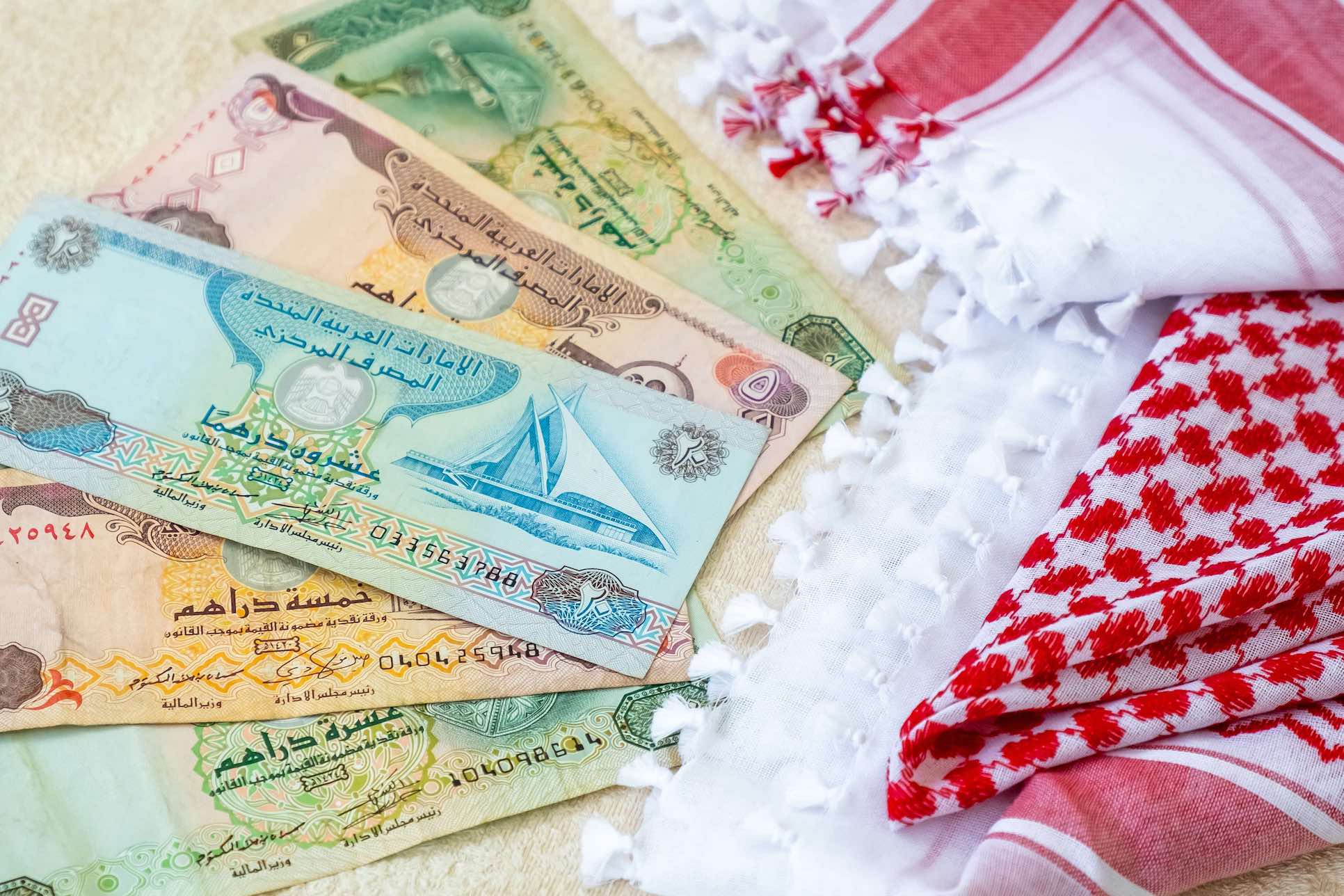


The AED (United Arab Emirates Dirham) is the currency abbreviation for the United Arab Emirates dirham, the official currency of Dubai and other Emirates. It is often presented with the symbol Dhs or DH. The United Arab Emirates Dirham has been used since 1973, when it replaced several currencies, such as the Dubai riyal and the Qatar riyal.
Basics of AED
The United Arab Emirates dirham is made up of 100 fuloos, which is plural for fils. A fils is also the sub-unit for the Kuwaiti dinars, Iraqi dinars, Bahraini dinars, and the Yemeni rial. The dirham is available in denominations of 5, 10, 20, 50, 100, 200, 500, and 1,000. The 1 dirham unit exists in coin form only.
The Central Bank of the United Arab Emirates issues the country’s banknotes. To combat counterfeiting, a watermark of the national emblem appears on the obverse of each note. The emblem is the Hawk of Quraish, a golden falcon with a disk surrounded by seven stars in its center and seven feathers to represent each of the Emirates.
Pegged to US Dollar
The UAE dirham is considered to be among the world’s most stable currencies in terms of exchange rate stability. It has been pegged to the United States dollar since 1973. Since 1997, it has been set at a rate of 1 U.S dollar to 3.6725 AED. For UK visitors, the exchange rate will be determined by the strength of the Pound against the Dollar.
Exchanging Money
All the Shopping Malls in the country will have multiple Foreign Exchange Bureaus. These offer much more competitive prices for exchanging cash when compared to forex bureaus in the UK. Credit cards (Visa, Mastercard and American Express) are widely accepted in shops, hotels and restaurants. There are cash machines at hotels, malls and various other on street outlets across the country. Most ATM machines are free to use, so you will only be charged the fees applicable to your account from your bank.
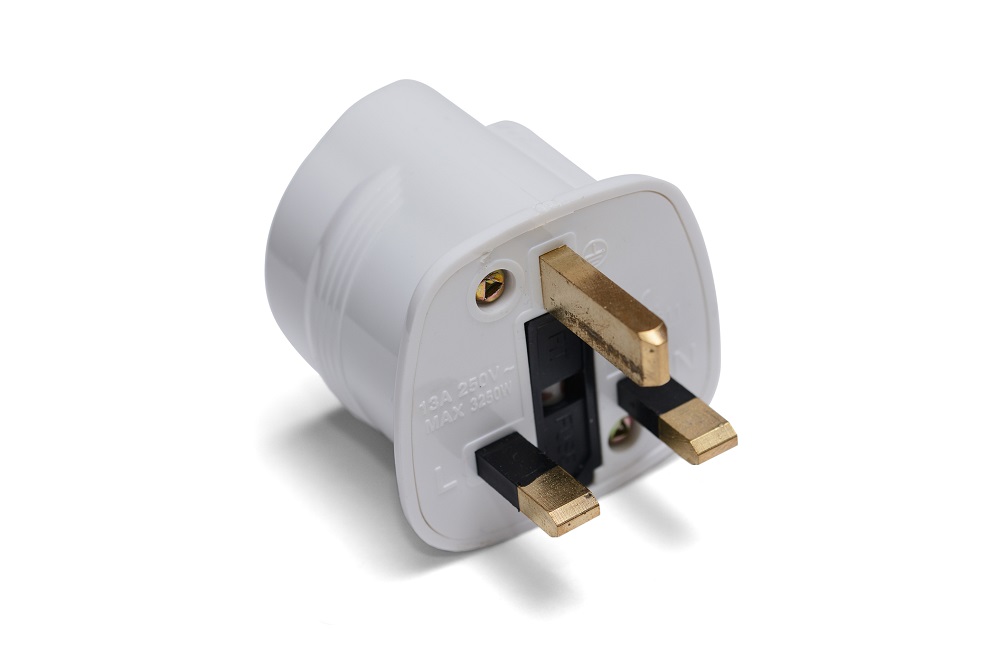


The UAE uses three kinds of plugs: Type C (circular, with two rounded pins), Type D (three large round prongs in a triangle),
and Type G (three rectangular prongs in a triangle), the same as in the UK.
Bring along a universal adapter with surge protection and a convertor for hairdryers and hot tools.
The standard voltage in the UAE is 220V, and the standard frequency is 50Hz.



Nestled in the Middle East, between the Persian Gulf and the Gulf of Oman, the United Arab Emirates are made up of seven very different emirates. The federal capital is Abu Dhabi, but it is Dubai that has become its economic center, thanks to tourism and luxury shopping. For travelers who like modernity and anything on a large scale, visiting these two megacities are a must.
Unique combinations of palaces, shops, mosques, souks, and skyscrapers that defy the laws of gravity, these two flagship regions of the country, Abu Dhabi and Dubai, bear witness to an unprecedented development that has taken place in only a matter of years. Ajman, Sharjah, Fujairah, Ras al-Khaimah, and Umm al-Qaiwain: each of the five other emirates offers a wide range of treasures to explore.
Fancy an adventure and some starry skies? Liwa Desert, south of Abu Dhabi, is the perfect place to enjoy some trekking, either on foot or by camel. Fine sand, dunes as far as the eye can see, and an authentic atmosphere provide a balance to the dazzling bustle of the cities. The reefs off the Green Coast are a paradise for divers and anybody interested in marine life. The country is also packed with museums, so there’s plenty to satisfy those interested in culture and history. The cities of Sharjah and Fujairah are more traditional and also a lot less crowded, boasting a rich, well-preserved heritage to delight curious minds.
The United Arab Emirates is a multifaceted destination, where tradition and modernity live side by side in perfect harmony. The desert carries on happily alongside huge cities where development and wealth flourish thanks to the region’s oil. Discover this rich and exciting destination that can be summed up as follows: secular tradition based in a young, forward-thinking country with incredible energy.



The United Arab Emirates (UAE) is situated in the Middle East. The country lies in the southwest region of the Asian continent and on the eastern end of the Arabian Peninsula.
The Kingdom of Saudi Arabia stands on the west, south, and southwest border of the UAE and the Sultanate of Oman in the southeast and northeast.
Two gulfs form the coastline of the UAE: the Persian Gulf (or Arabian Gulf) in the north and the Gulf of Oman in the east.
The UAE has three main landscape features: the barren, flat coastal plains in the north and east, the shifting sand dunes that extend from the coast and merge in the Empty Quarter (Rub al-Khali), and the rocky mountains of the Musandam Peninsula.
The Persian Gulf’s coast is split by sandbanks and dotted with islands. Dubai and the UAE’s capital city, Abu Dhabi, have coastlines on the Persian Gulf.
The Musandam Peninsula houses the Hajar Mountains in the east, which spread through Oman, and some of the world’s greatest shifting sand dunes east of Aradah, a city at the southern border of the UAE.
Due to the low rainfall in the UAE, pools of surface water are rare.



The United Arab Emirates has a tropical and desert climate; the hot and dry weather inland fizzles into less warm and humid coastal conditions. In the mountains in the east, it is generally cooler.
In the summer (May to September), temperatures can get pretty high, nearing 50°C (122°F) in the desert and 33°C (91°F) at the coast. However, in the winter (December to Mid-march), temperatures average 20°C (68°F).
In the early days of summer and sometimes during mid-winter, winds that stir up dust and sand pass through the Emirates from the north and northwest. These dust and sandstorms are known as shamal (norther in Arabic) winds.
The best time to visit the UAE is between October and April. Cooler temperatures dominate in these months, with October, March and April being the ideal times to visit the beach. This is the high season in the country so expect hotels to be fully booked and crowds of tourists.
As high as temperatures are during summer in the UAE, there is still plenty you can do. During this season, indoor activities are popular, so it’s a good time for shopping or deep-sea diving. On the other hand, outdoor activities are kept to a minimum on account of the heat.



The cultural diversity of the United Arab Emirates is evident in the food enjoyed in the country. You can find anything from traditional Emirati meals to other countries’ cuisines like Saudi Arabia, Asia, Pakistan, Turkey, Syria, and India.
The Emirati diet consists of staples of the Arab world such as falafel, ful (spiced bean paste), shawarma, and hummus. Daily meals are prepared using vegetables and fresh fruit (dates, limes or figs). They are sometimes eaten with traditional Emirati flatbread (ma Khoboz Wagafi).
Meals are aromatic and full of flavour, attributed to spices and ingredients like turmeric, cinnamon, and limes. The preferred meats are lamb and chicken, and seafood features in some dishes in the coastal cities. Pork is not eaten in the UAE due to the Islamic faith (there are some places one can find pork, though, but they are often hidden).
Some traditional Emirati dishes are Saloona Deya ma Khudar (a stew made from meat and spiced vegetables), Luqaimat (deep-fried dough balls drenched in date syrup), and Robyan Mashwi (grilled jumbo shrimp with spicy flavorings served with rice or flatbread).
The Iranian’s influenced the use of rice as a staple for some dishes enjoyed by the Emirati. Besides grains, desserts have also received an Iranian touch, featuring flavorings such as rose water, saffron, and cardamom.



Like many Middle Eastern countries, the United Arab Emirates is a conservative country. This means that modesty is key.
Most of the Emirates are not lawfully strict about modest dress except for Sharjah. The emirate has a public decency statute that forbids certain kinds of beachwear and overly revealing clothes.
Emirati women typically wear a long black robe (ʿabāyah) that only leaves their hands, feet and face exposed. They also wear head coverings like a scarf (a shāl), ḥijāb or burquʿ.
Women visiting the UAE are not legally required to wear a headscarf. You can also go for clothes that aren’t the traditional dress of Emirati women but ensure that they cover your midsection, shoulders, and knees. Anything that is long-sleeved and extends below the knee is acceptable so avoid shorts and tank tops.
Emirati men typically wear traditional clothes consisting of a long robe (a kandūrah, locally known as a dishdashah) that is often white and made of cotton or a thawb. On top of that, men wear a light white or white-and-red checkered scarf (ghuṭrah) over their heads secured by a black cord of camel hair (ʿiqāl).
Men traveling to the UAE should abide by the same modesty rules as women. Tank tops and shorts are not advised. Shirts and pants that reach your wrists and ankles are acceptable.



The UAE began as simple pearling villages but has evolved into one of the most multicultural societies in the world. The population is predominantly Islamic and therefore many laws are respected. Emirati women wear a full-body abaya according to Islamic practices. Pork is not common, and in Sharjah, alcohol is prohibited. Nevertheless, in most parts of the UAE, tourists will find a liberal stance on Islamic culture. Alcohol can be purchased at licensed venues (mostly inside hotels), but outside of these, a permit must be obtained in advance. A strict dress code is also observed and wearing anything too revealing in public is frowned upon.



Arabic is the official language of the UAE although you will find that English is spoken by almost everyone. Hindi is also widely spoken by the locals and expatriates workers from the Indian Sub Continent. Arabic is the official language for both written and verbal communication in the UAE. Government offices and affairs are conducted in Arabic, and rules and laws are published in Arabic. Arabic is mainly spoken by the natives of the UAE, called Emiratis. You can get by with just speaking English in the UAE.



If you’re traveling on a British Citizen passport, you can get a visitor’s visa on arrival in the UAE. This visa allows visitors to stay in the UAE for up to 30 days. The visa terminates automatically on departure and a new visa is issued on arrival each time the visitor returns to the UAE. For a fee, visitors can extend their visa twice without leaving the country. Each extension is for an additional 30 days. Your passport should be valid for a minimum period of 6 months from the date of entry into the UAE. If you hold a residence permit, your passport must be valid for at least 3 months in order to travel into the country.If you’re transiting the UAE (and not passing through Immigration) your passport only needs to have a minimum of 3 months validity from the date of transit.



The AED (United Arab Emirates Dirham) is the currency abbreviation for the United Arab Emirates dirham, the official currency of Dubai and other Emirates. It is often presented with the symbol Dhs or DH. The United Arab Emirates Dirham has been used since 1973, when it replaced several currencies, such as the Dubai riyal and the Qatar riyal.
Basics of AED
The United Arab Emirates dirham is made up of 100 fuloos, which is plural for fils. A fils is also the sub-unit for the Kuwaiti dinars, Iraqi dinars, Bahraini dinars, and the Yemeni rial. The dirham is available in denominations of 5, 10, 20, 50, 100, 200, 500, and 1,000. The 1 dirham unit exists in coin form only.
The Central Bank of the United Arab Emirates issues the country’s banknotes. To combat counterfeiting, a watermark of the national emblem appears on the obverse of each note. The emblem is the Hawk of Quraish, a golden falcon with a disk surrounded by seven stars in its center and seven feathers to represent each of the Emirates.
Pegged to US Dollar
The UAE dirham is considered to be among the world’s most stable currencies in terms of exchange rate stability. It has been pegged to the United States dollar since 1973. Since 1997, it has been set at a rate of 1 U.S dollar to 3.6725 AED. For UK visitors, the exchange rate will be determined by the strength of the Pound against the Dollar.
Exchanging Money
All the Shopping Malls in the country will have multiple Foreign Exchange Bureaus. These offer much more competitive prices for exchanging cash when compared to forex bureaus in the UK. Credit cards (Visa, Mastercard and American Express) are widely accepted in shops, hotels and restaurants. There are cash machines at hotels, malls and various other on street outlets across the country. Most ATM machines are free to use, so you will only be charged the fees applicable to your account from your bank.



The UAE uses three kinds of plugs: Type C (circular, with two rounded pins), Type D (three large round prongs in a triangle),
and Type G (three rectangular prongs in a triangle), the same as in the UK.
Bring along a universal adapter with surge protection and a convertor for hairdryers and hot tools.
The standard voltage in the UAE is 220V, and the standard frequency is 50Hz.
Travel related news, information and inspirational articles and videos for travellers booking flights or holidays to United Arab Emirates. Ask questions about travel in United Arab Emirates and get answers from United Arab Emirates experts
NEWS
27th April 2023
17th December 2022
1st August 2022
23rd July 2022
4th April 2022
14th February 2022
9th March 2023
21st January 2023
16th September 2021
18th November 2021
13th September 2021
8th August 2021
5th August 2021
8th November 2022
19th August 2022
15th March 2022
15th September 2021
1st September 2021
8th August 2021
5th August 2021
29th June 2022
3rd February 2022
2nd February 2022
13th January 2023
5th January 2022
23rd March 2021
20th January 2023
13th September 2021
8th November 2022
15th March 2022
5th August 2021
2nd February 2021
8th November 2022
19th August 2022
15th March 2022
28th September 2021
1st September 2021
8th August 2021
9th March 2023
21st January 2023
19th December 2022
25th November 2022
24th November 2022
31st October 2022
10th February 2021
2nd February 2021
11th January 2021
17th November 2021
23rd March 2021
29th June 2022
9th March 2022
20th December 2021
18th November 2021
Inspiration, Information and Travel Guides
11th January 2023
7min. read
12th June 2022
6min. read
6th June 2022
6min. read
23rd February 2022
7min. read
3rd February 2022
7min. read
4th November 2021
7min. read
14th September 2021
7min. read
4th July 2021
8min. read
11th January 2023
7min. read
6th June 2022
6min. read
16th February 2021
6min. read
14th January 2021
2min. read
16th February 2021
6min. read
12th June 2022
6min. read
3rd February 2022
7min. read
12th June 2022
6min. read
4th July 2021
8min. read
15th February 2021
6min. read
22nd June 2020
4min. read
4th July 2021
8min. read
17th June 2021
9min. read
16th February 2021
6min. read
15th February 2021
6min. read
22nd June 2020
4min. read
4th November 2021
7min. read
14th September 2021
7min. read
11th January 2023
7min. read
3rd February 2022
7min. read
4th November 2021
7min. read
14th September 2021
7min. read
12th June 2022
6min. read
4th November 2021
7min. read
26th February 2020
1min. read
14th September 2021
7min. read
14th September 2021
7min. read
4th July 2021
8min. read
17th June 2021
9min. read
12th June 2022
6min. read
23rd February 2022
7min. read
3rd February 2022
7min. read
6th June 2022
6min. read
15th February 2021
6min. read
23rd February 2022
7min. read
3rd February 2022
7min. read
6th June 2022
6min. read
14th January 2021
2min. read
28th November 2019
7min. read
28th September 2020
5min. read
28th November 2019
7min. read
4th July 2021
8min. read
17th June 2021
9min. read
4th November 2021
7min. read
17th June 2021
9min. read
11th January 2023
7min. read
14th September 2021
7min. read
MEET THE United Arab Emirates EXPERTS
If you are looking to book a holiday to United Arab Emirates or needs some help and advice planning travel to United Arab Emirates then contact one of the UK based independent travel agents that specialise in United Arab Emirates itineraries.


Loran Smallwood
Wilmslow, Lancashire
Travel Concierge Club
07311629302
loran@travelconcierge.club
Specialist Area:
Weddings and Honeymoon, Spa & Wellness, Safari, Romantic, Luxury, Diving and Snorkeling, Beaches
FEATURED VIDEOS
Your Travel Questions Answered
Ask any travel related question and get an answer from one of our experts that will provide you with an answer from their personal experience
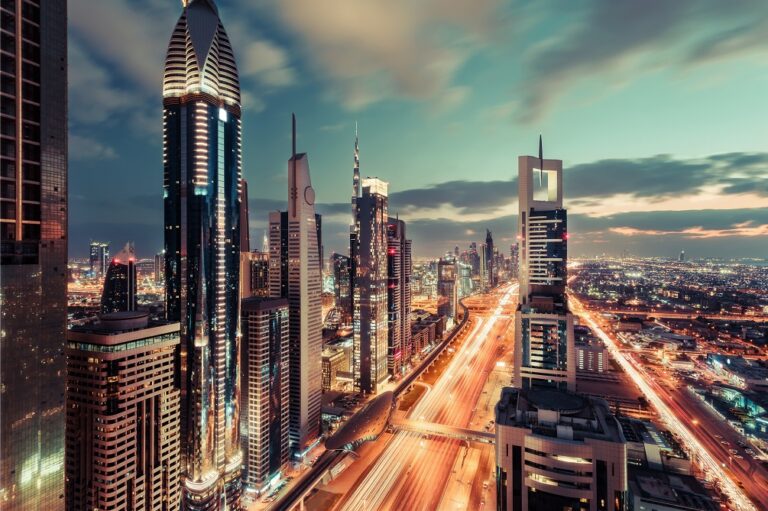

The two most famous and nicest cities for tourists in the United Arab Emirates are Dubai and Abu Dhabi. But how difficult is it to get from one to the other, is it expensive, and what should you know before traveling?
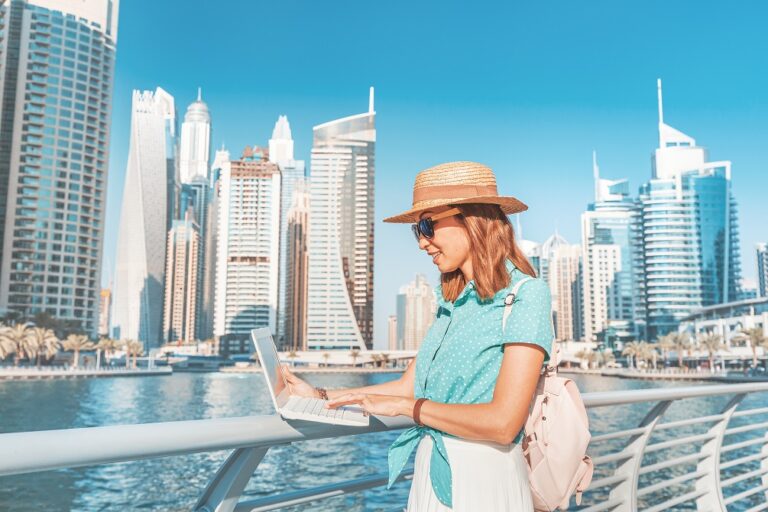

I am traveling to Dubai for the first time, and I am wondering if it is better for me to convert my money to UAE currency before I leave my country? Or is it better to do the exchange in Dubai when I arrive?
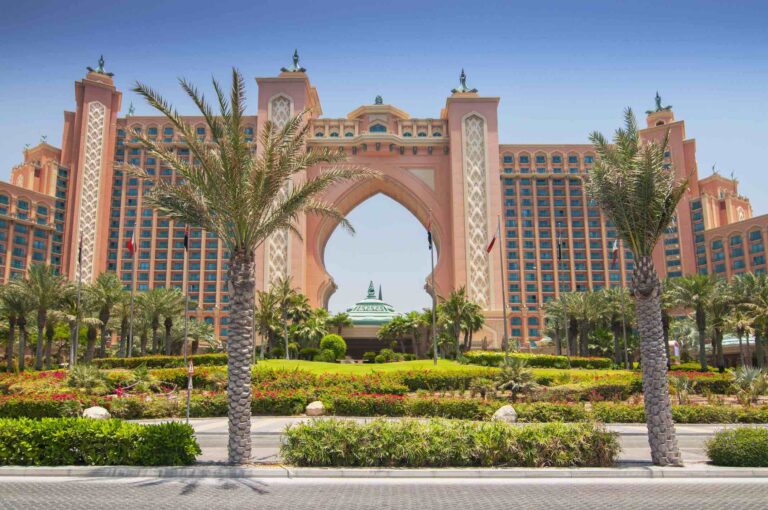

We’re a couple travelling to Dubai for a romantic getaway. We’re not married but in a fully-committed relationship. However, I understand that we can’t prove this and considering Dubai is an Islamic country, I was wondering if unmarried couples can share a room in Dubai? We want to do things the legal way.
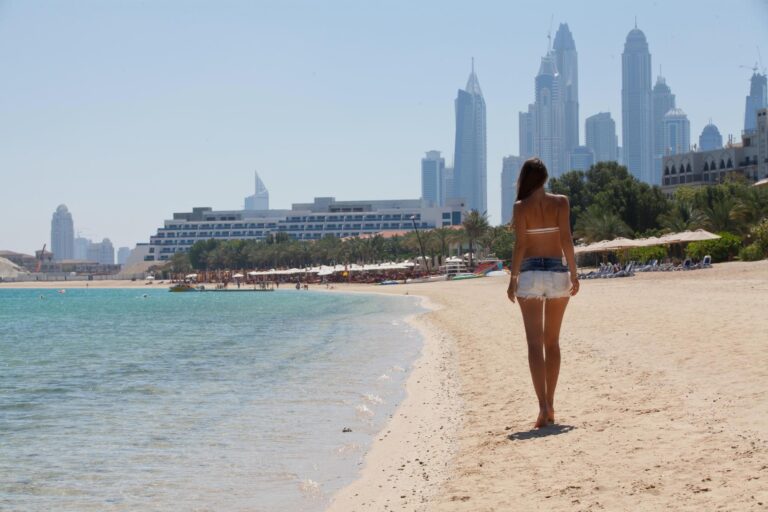

My best friends and I are planning a bachelorette in Dubai. Since it will be really hot during the summer in Dubai, we want to head to the beach and pool but I want to know whether I can wear a bikini in Dubai?
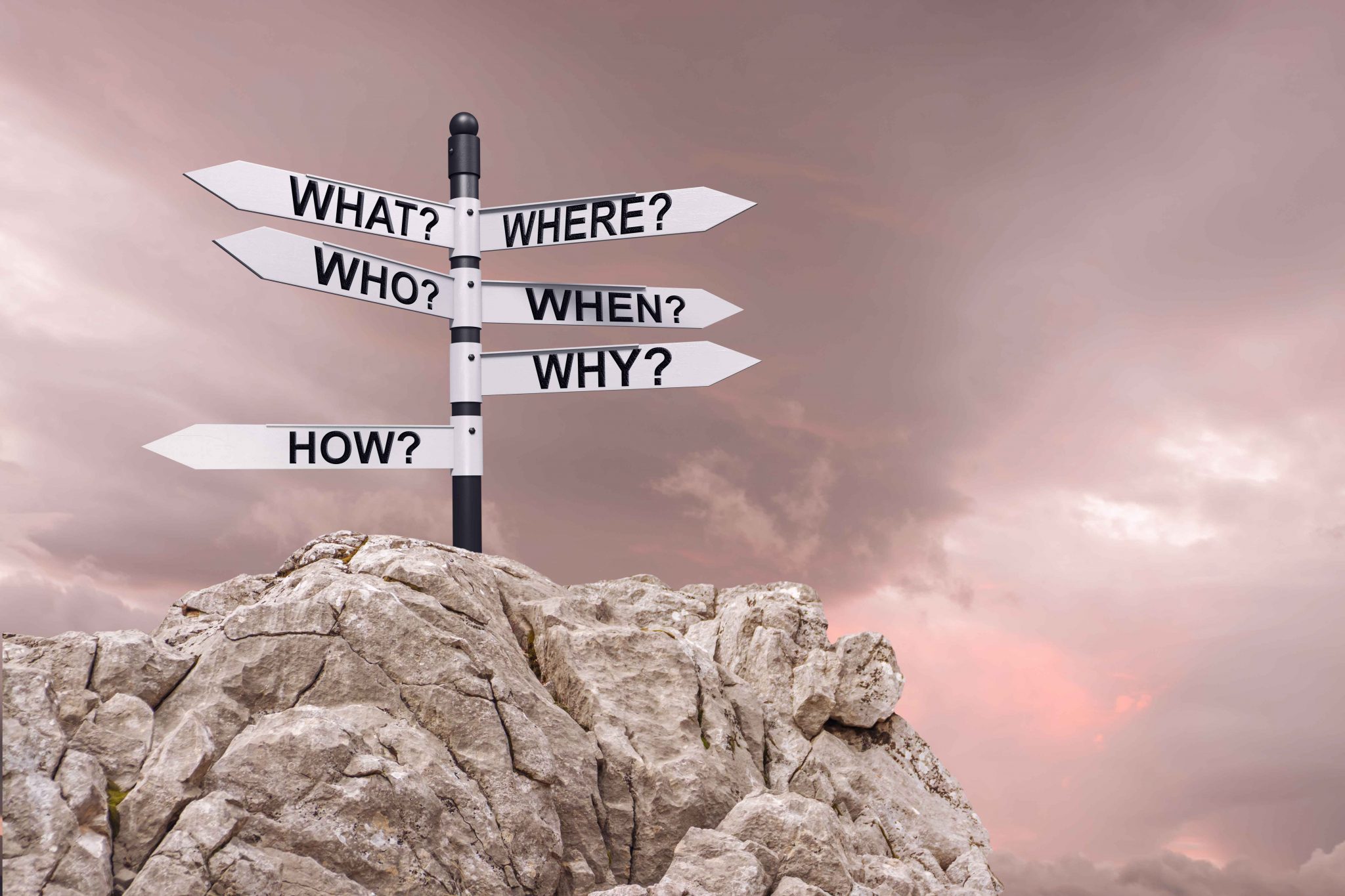

I am travelling to Dubai this summer, but some websites have suggested it is too hot to safely stay outside on the beach. I have 2 young children and need some advice.
Modal title
SIGN UP FOR OUR MAILING LIST
Enter your email address and receive daily or weekly updates with the latest articles, news and videos.Copyright © 2021 Experienced Travellers Ltd. Experienced Travellers Ltd is not responsible for the content of external sites. Read about our approach external linking.


